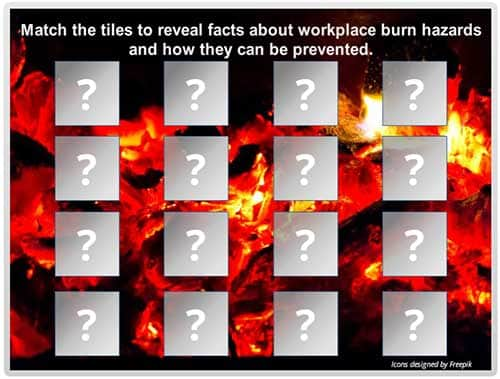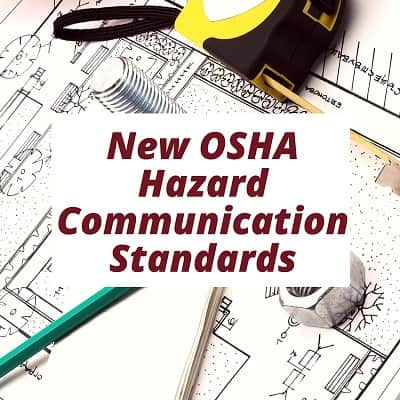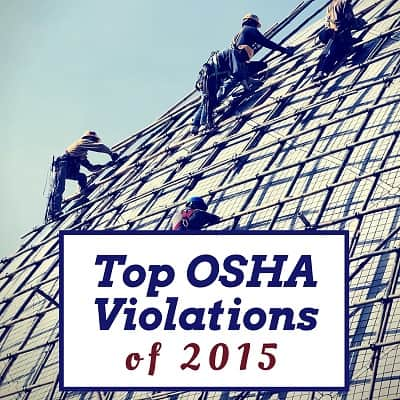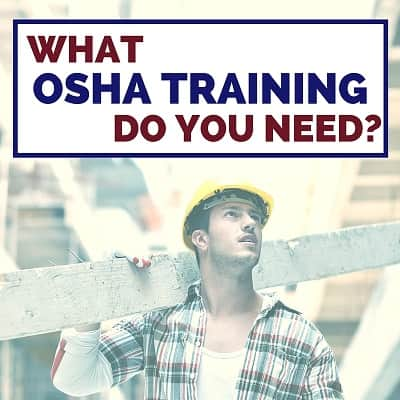Preventing Workplace Burns
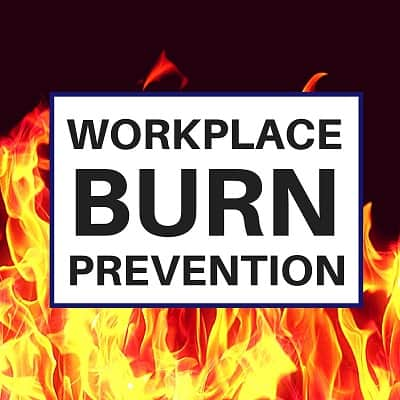
Every year for National Burn Awareness week, the American Burn Association brings attention to burn injuries that result in over 40,000 hospitalizations per year. While a very large majority of these burns actually occur in the home, workplace burns are a very preventable source of injury. Awareness, hazard prevention and protection can dramatically lessen the risk of burns in the workplace.
Types of Workplace Burns
Thermal Burns — Thermal burns are burns caused by the heat from liquids (called "scalding" burns), open flames, hot objects and explosions. The most important priority with thermal burns is controlling and stopping the burning process. Thermal burns can be prevented by wearing Personal Protective Equipment, using fire prevention tactics, and by having procedures and emergency action plans related to fire detection and protection.
Chemical Burns — Chemical burns are the result of skin or eyes coming into contact with strong acids, alkaloids or other corrosive or caustic materials that eat away or "burn" skin and deeper tissue. In the workplace, these accidents can occur after exposure to industrial cleaners (such as rust removers or drain cleaners), chemicals in laboratories or manufacturing workplaces. One of the best ways to prevent chemical burns is to make sure all workers are well-versed in Hazard Communication, which covers the symbols and labels that will communicate chemical risk. These labels will also include the important information on the steps workers can take to prevent burns if they come into contact with dangerous chemicals. Workers who will come into contact with chemicals should consider Hazard Communication training and should also take refresher courses as these standards can be updated often.
Electrical Burns — Current travels through body and meets resistance in tissue, resulting in heat burn injuries. To avoid burns from electrical sources, high-voltage areas and machinery should be clearly marked. Workers should also make sure to identify live wires, avoid contact with water while working with electricity, and wear the personal protective equipment necessary to avoid burns by electricity. Our Electrical standards course is a great overview of the types of electrical hazards workers may find on a worksite and the OSHA standards that help avoid accidents.
Sun Exposure Burns — While these could technically be considered a thermal burn, sun exposure burns are worthy of special consideration. Employees who work under the sun should be well versed in the sun safety practices that will keep them safe, and should take precaution to reduce hours under harsh direct sun, seek shade if possible, and wear sun-protective work clothing, hats and sunscreen to reduce the risk of burns from sun exposure.
Burn Severity
First Degree
First-degree burns cause minimal skin damage and are considered superficial since they affect the top layer of the skin. A mild sunburn is an example of this type of burn, where the burn site is red, painful, dry and without blister.
Second Degree
The damage from a second-degree burn extends beyond the top layer of the skin and can often cause the skin to blister or become extremely red and sore.
Third Degree
Third-degree burns destroy both the epidermis and the dermis, and they can also go as deep as to destroy tissue underneath. These burns can appear white or charred.
Fourth Degree
In a fourth-degree burn, all skin layers are affected, and there is also potential for damage to muscle, tendons and bone. Skin grafts do not work on these severe burns, so much so that fourth-degree burns may require amputation if injury occurs in a limb or extremity.
Employer's Duty
Under the OSH law, employers have a responsibility to provide a safe workplace. This overarching responsibility is broken down, but at the end of the day, if a worker is not safe, the employer is likely at risk. When it comes to burns, here are a few ways employers can help to provide safe workplaces.
Initial Training
Making sure employees have the proper training is one of the most important steps an employer can take. Training should cover not only the hazards that the employee might face on their worksite, but also an overview of OSHA standards and how to identify hazards that may not have been covered. OSHA 10-hour training is a great way to get a baseline of safety standards training before an employee ever even starts receiving worksite-specific training. Then, employers should make sure that the employees are trained on their specific job functions, including in-depth safety training with any machinery, chemicals or other worksite hazards specific to their job.
Refresher Training
In addition to training before ever even starting a job, employers should regularly update training so that employees are kept up-to-date with standard changes and so that important concepts are kept at top-of-mind. Certificate training courses are a great way to re-train employees, and our online standards training topics can be taken 100% online for efficient and inexpensive refresher training.
Hazard Communication
Color codes, posters, labels or signs to warn employees of potential hazards are an employer requirement under the OSH Act, and these vital pieces of Hazard Communication are extremely important in burn prevention. Workers should be trained on how to recognize symbols and other hazard communication codes, and GHS communication standards should be used to identify material hazards in a consistent and easily recognizable way. When hazardous chemicals are found in the workplace, employers are also required to produce and provide a written Hazard Communication plan. These requirements, as well as an overview of GHS and the symbols now utilized in the United States, can be found in our Hazard Communication overview course.
Workplace Burn Prevention Game
Want a great workplace burn prevention game to share with your employees? Check out our Workplace Burn Prevention Game!

